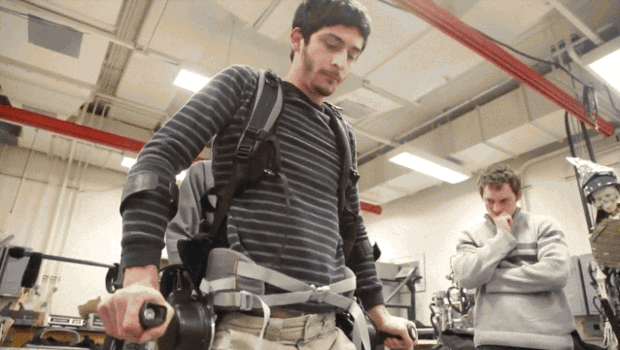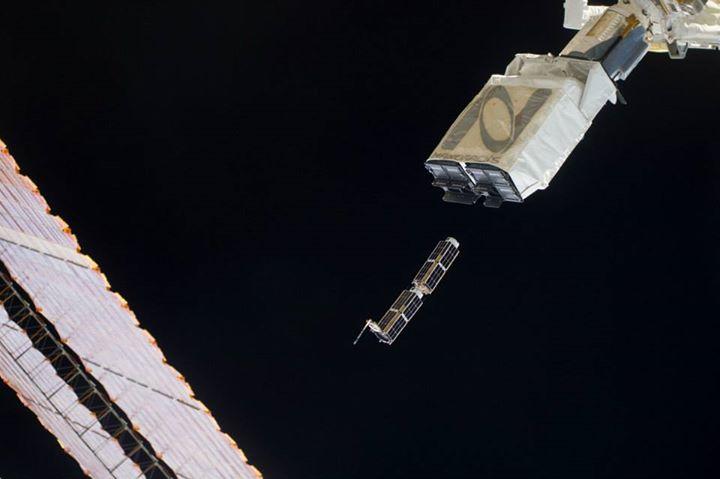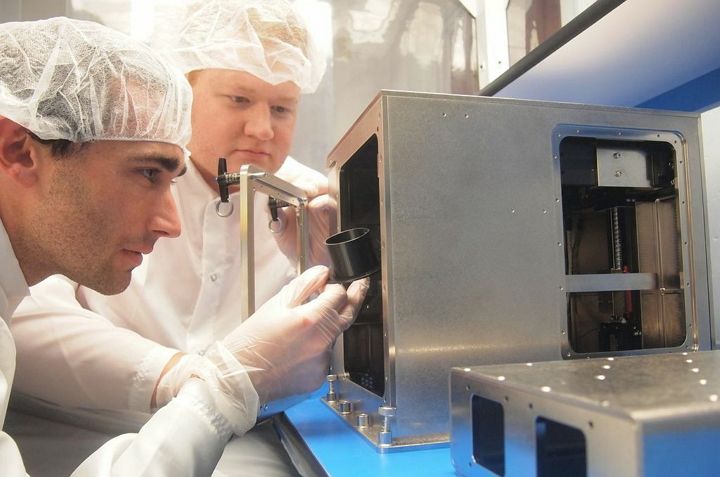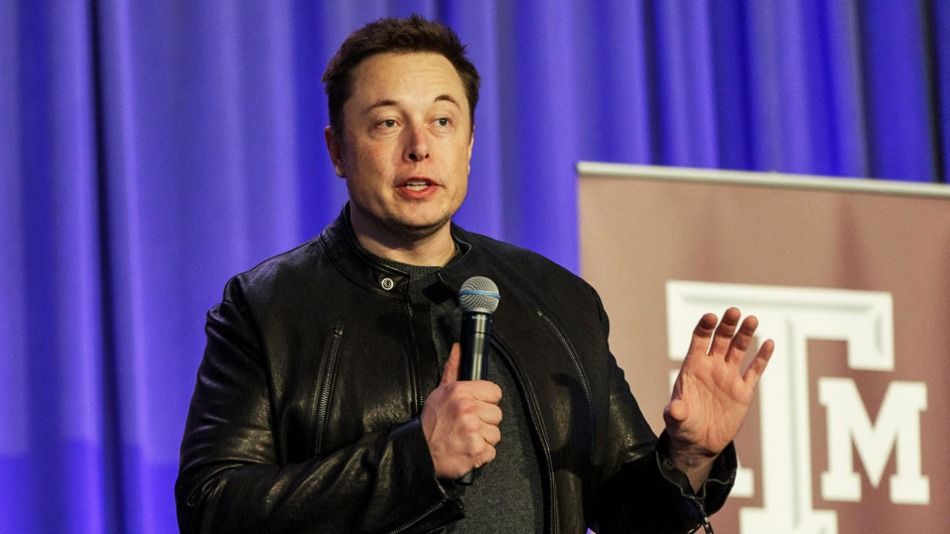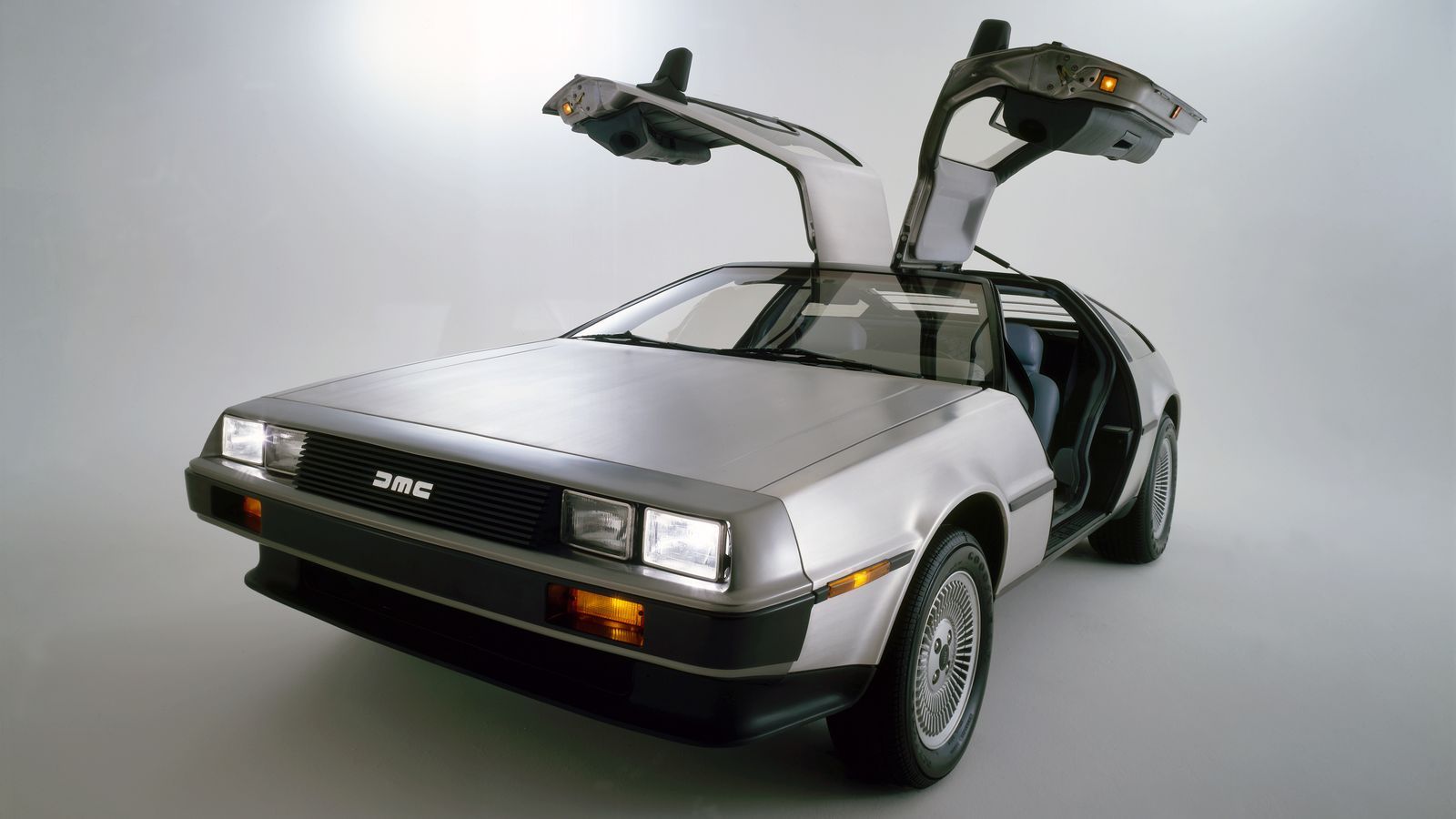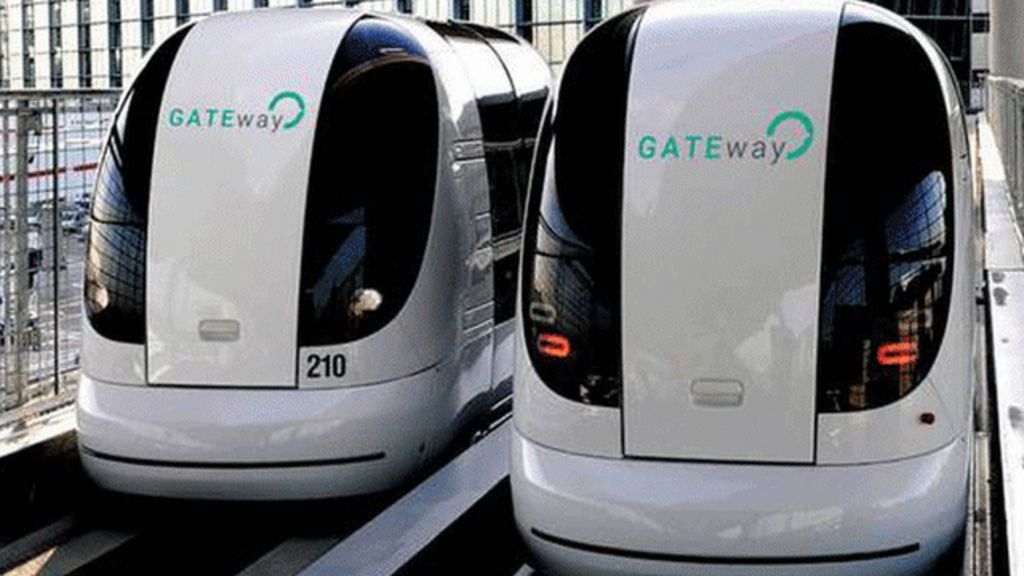Feb 2, 2016
The Big Business Future Behind Self-Driving Cars: Future of Transportation P2
Posted by Julius Garcia in categories: business, robotics/AI, space, transportation
The year is 2021. You’re driving down the highway on your daily commute. You approach a car that’s stubbornly driving at the max speed limit. You decide to pass this overly law-abiding driver, except when you do, you discover there’s no one in the front seat.
As we learned in the first part of our Future of Transportation series, self-driving cars will become publicly available in only a few short years. But due to their component parts, they will likely be far too expensive for the average consumer. Does this mark self-driving cars as an innovation that’s dead in the water? Who’s going to buy these things?
Most articles about autonomous vehicles (AVs) fail to mention that the initial target market for these vehicles won’t be the average consumer—it will be big business. Specifically, taxi and car sharing services. Why? Let’s look at the opportunity self-driving cars represent to one of the biggest taxi/rideshare services on the planet: Uber.

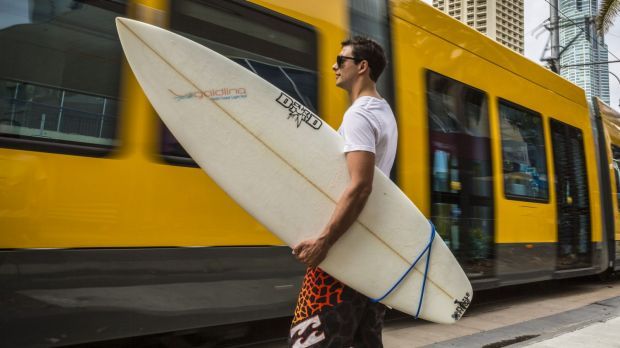
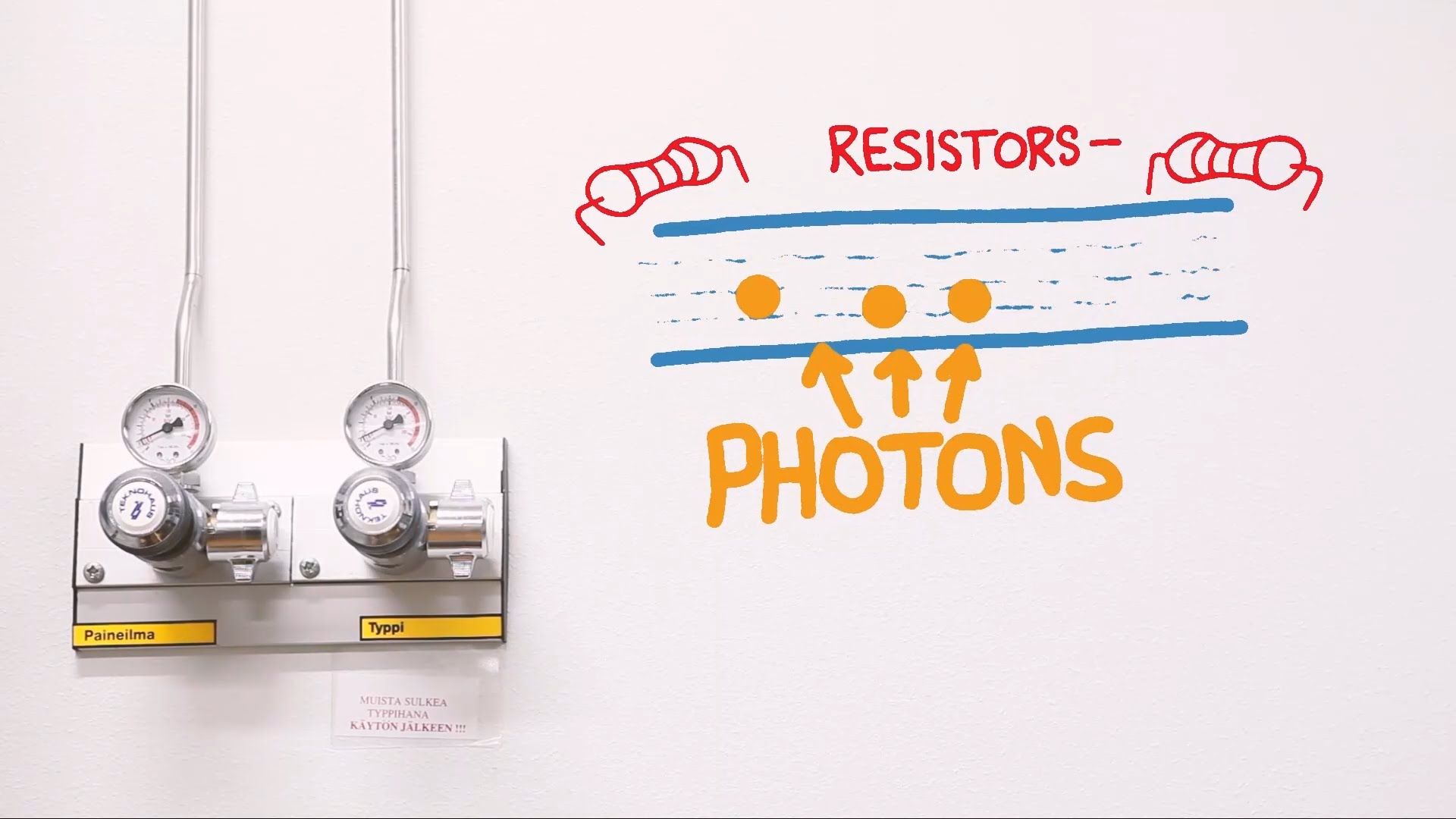
 DARPA Futurist’s visions of the future: non breakable parts and improving energy usage. Interesting, we both had worked at the National Labs.
DARPA Futurist’s visions of the future: non breakable parts and improving energy usage. Interesting, we both had worked at the National Labs.